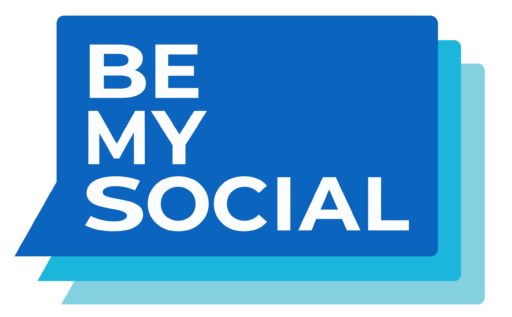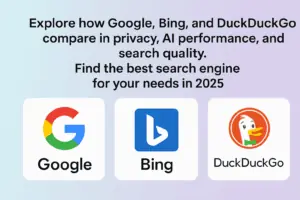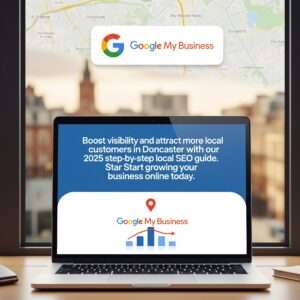Facebook is a platform that gives its users tailored relevant content, meaning the user will have an enjoyable experience on the platform. Since tailored content has been used by Facebook, organic post reach is rapidly declining if it hasn’t already.
This isn’t an ideal situation especially for small businesses or even beginners, as they don’t have the ability to spend as much money advertising on social media or the know-how. That’s why we’ve stepped in – so fear not, we are here to discuss the basics of the social media platform. This will also aid in how you manage your social and ad campaigns.
Have a Great Cover Photo
One of the fundamentals of having social media accounts is having the basic areas filled in; especially your profile photo, cover photo and other main assets. The reason behind this is on the occasion someone may visit your main business page from a social media post you have to look good! It’s the opportunity to make them like and follow your page, so you may as well make it stand out.
There are a few reasons why your header makes all the difference:
- It’s the first thing that people see when they visit your profile, so having a great visual asset on there is the cheapest way to market – it’s free!
- Facebook also has a feature on its cover photos that allows your post to be shown on your timeline, and fans’ newsfeeds. So if it were the case that someone did like your Facebook page their friends would see that along with your cover – so again, you may as well take advantage of the free advertising.
- Make your USP (unique selling point) known to everyone who views your cover photo. So it’s a good idea to connect with your audience more in-depth and show your brand’s persona.
Post Using a Content Calendar
At Be My Social, we use a content calendar for all of our social media management clients. This helps us plan, schedule and implement solid posts and have a great marketing strategy.
Having a content calendar is probably the most impactful posting strategy that can be implemented. It enhances your marketing efforts and reduces the time spent on Facebook. If you’re posting in bulk and want to reduce even more time, we would recommend a social media management tool – this allows scheduled posts to be prepared well in advance and it’s much easier.
Create a Group Page
We find that community pages do actually tend to produce more engagement than your normal landing page on Facebook. If you make your page an invitation-only too it also adds the element of exclusivity, which makes the customers or potential leads that join feel special. You create a closer relationship which then means there are more opportunities to convert that lead.
Having a group page also is a direct line of communication with your customers, it’s a great place to gather market research and develop existing products. It also saves you money by reducing spending on social media advertising. When doing digital marketing it would be a great idea to invite people to like your page when they sign up for your newsletter!
Use it as a Customer Service Outlet
Having a smaller business does have a silver lining – it means your customer service issues aren’t frequent or to the scale of the big brands out there! This means you don’t need to set up an additional email address for help. You’ve got a huge platform to use that can easily resolve any minor problems your customers do have.
Not only does it help resolve, but it’s also a good place to start gathering reviews. Making others more likely to purchase as there’s a sense of trust within your business. Being able to talk to your customers personally rather than an automated robot which doesn’t often work, again creates that special feeling.
Customers often expect a response within minutes of messaging you – so using Facebook is the ideal platform for when you’re on the go, have a small team or even work part-time. Read our other blog to learn more about customer service on social media.
Keep Customers in The Loop With Facebook Stories
Facebook stories make posting to your page so much easier and more relaxed! They don’t have to include anything of much value, or news – it could be a funny question, joke, or a link to a product. Anything to keep your audience entertained is more likely going to make them take a look at your profile.
Since they don’t require much time to plan or create it has an ‘on the move’ feel. It’s like a behind-the-scenes view of your product or service. You could even show how you’re working on product development so people are more inclined to purchase your product.










